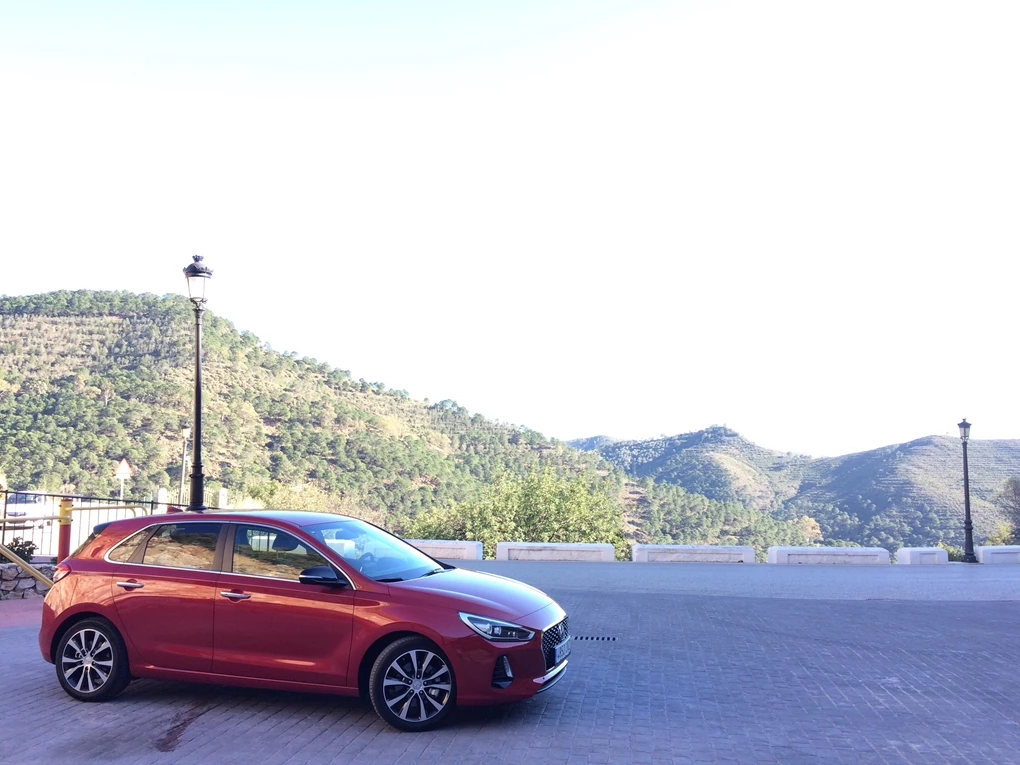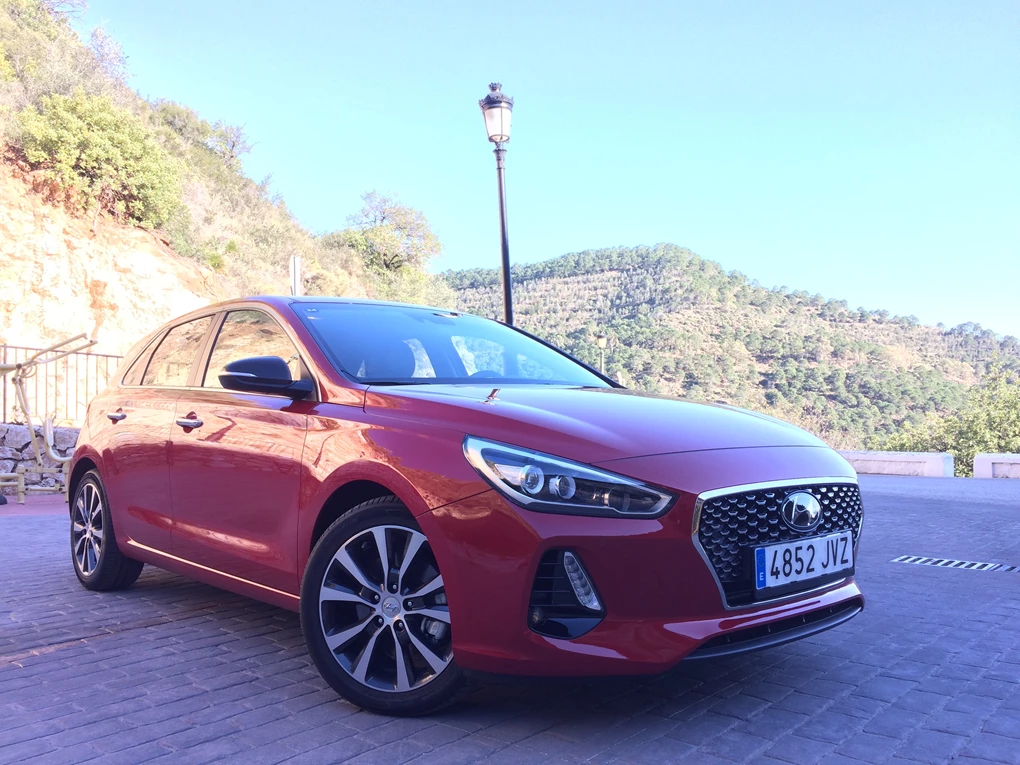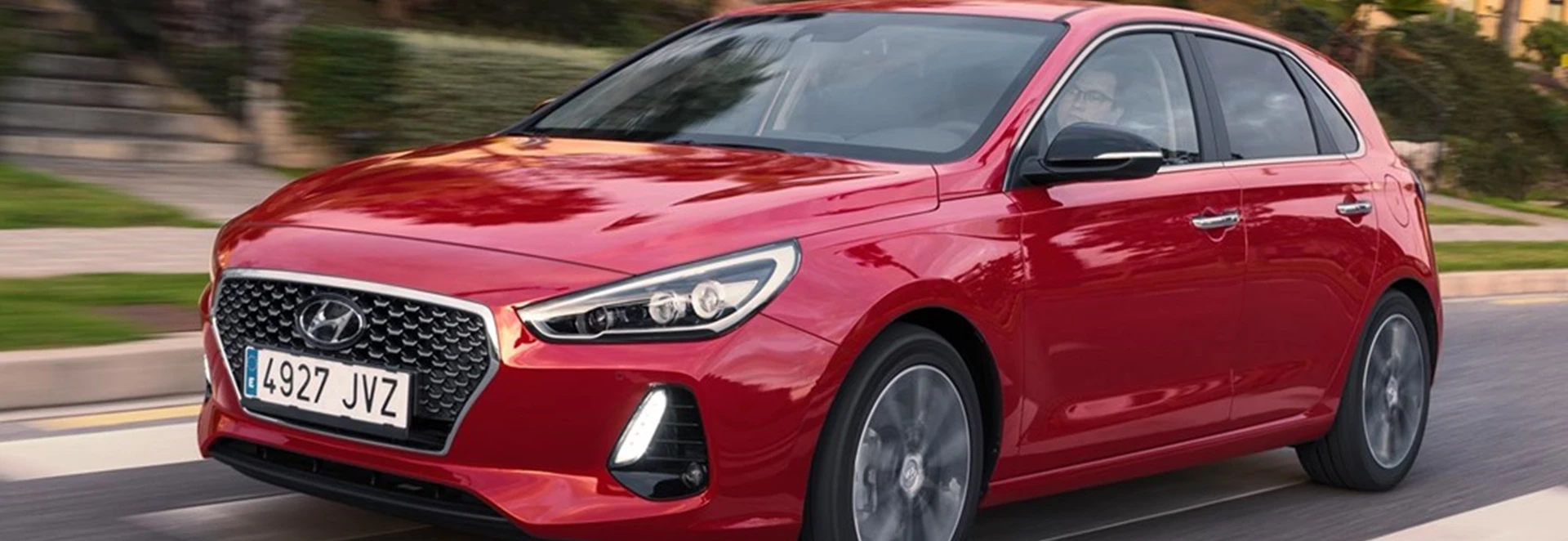Hyundai’s fortunes have continued to go up and up in the past few years, and a large part of that success is directly attributable to the i30 hatchback. Hyundai’s biggest seller in Europe, the i30 has proved a popular addition to the family hatch market, though it’s never quite reached the heights of cars like the Ford Focus or Vauxhall Astra.
However, Hyundai has now unveiled an updated version, which is due to go on sale in the UK in March and which features new looks, a much fresher interior and a range of new engines and equipment to boost its appeal.
Crucially, considerable attention has also been paid to the i30’s performance and handling, two areas which let the outgoing model down compared to its main rivals. Has the new model improved on its drawbacks?

Performance
The headline news for this car is the introduction of the all-new 1.4-litre T-GDI turbocharged petrol engine, which sits alongside other options like a 1.0-litre turbo petrol, a separate 1.4-petrol and a 1.6-diesel available in three states of tune.
Producing 138bhp, the new 1.4 comes with a six-speed manual gearbox as standard, though it’s the optional seven-speed dual-clutch automatic which came fitted to our test car.
It’s solid, reasonably punchy and accelerates well, with enough power to hit 62mph in just 8.9 seconds, a wholly respectable figure for a family hatchback. There’s a little lag and the automatic gearbox isn’t tuned for rapid-fire gear changes, and so it doesn’t feel quite as fast as the numbers suggest, but it’s still a capable and refined motor.
In earnestness, we’d still maintain that the 1.6-litre diesels will still account for the bulk of sales in the UK and are still probably the better all-round option, but if you want your i30 with a bit more go then the 1.4-litre T-GDI is a fine choice.
Ride and Handling
It does feel grippier before and body control has been improved, but there’s still a bit too much body lean
Of course, Hyundai has put significant emphasis on trying to improve the handling of the i30, even going so far as to undertake extensive testing and development at the famous Nurburgring race track in Germany. Key changes to this car include a new lightweight body, revised suspension for better handling and steering that’s been made approximately 10 per cent more direct compared to the previous model. Don’t let the whole Nurburgring schtick give you the wrong impression, though; the i30 is still primarily a family car and designed for comfort and ease of use rather than tackling your favourite B-road in. It does feel grippier before and body control has been improved, but there’s still a bit too much body lean in faster or tighter corners which prevents the car from feeling as nimble as the best in its class, while the steering still isn’t particularly communicative. That’s not too much of a bugbear though, as it remains a capable and confident cruiser for everyday use and feels quiet and refined even at higher speeds, at least on the Spanish tarmac which we tested the car on during its launch. For those who like their hatchbacks hot, it’s worth noting that there’s a proper performance version of the i30 on the way later in the year. Dubbed the RN30, it promises to be much more rewarding to fans of fast machines.

Interior and Equipment
Hyundai is one of few car manufacturers which makes its own steel in-house, with the new i30 made of specially developed lightweight metal.
Also new for this car is a redesigned cabin, which features a decluttered control layout for much better ease of use and a much fresher appearance that’s a marked improvement over the previous car’s slightly dark interior. It’s nice and comfortable to sit in, there’s plenty of space and, like the last version, comes packed with handy tech. As standard there’s a five-inch touchscreen mounted in the centre console, though higher trim options come with a much larger eight-inch floating screen. The car is compatible with both Android Auto and Apple Carplay, while there’s also the option of a wireless charging mat for smartphones and integrated TomTom sat-nav. Our test car also included goodies like parking sensors and a reversing camera, plus electrically-adjustable heated and cooled leather seats. Hyundai has also put a lot of focus on improving the i30’s safety credentials, with a whole host of safety kit included like autonomous emergency braking, adaptive cruise control and a new driver attention alert system to warn drivers if they’re getting drowsy at the wheel. Just like the last i30, there’s a good amount of space in the back for passengers, and the manufacturer says that the i30 hatchback now has the best interior space in its class. Twin ISOFIX fixtures are included, along with plenty of cupholders and a nifty folding hatch for loading long items through the boot. With the 60/40 folding seats up, boot space stands at 395 litres, while folding them down increases maximum capacity to 1,301 litres – more than you get in the likes of the Focus, the Golf or the SEAT Leon.
Cost
All i30 models also come with the benefit of Hyundai’s five-year, unlimited mileage warranty for added peace of mind.
Pricing for the new i30 starts from £16,995, while the range-topping Premium SE trim that we tested has a starting price of 23,495. In terms of consumption, the 1.4 turbo petrol can return up to 55.4mpg on paper with CO2 emissions of 125g/km, though it remains to be seen how well those claims will hold up in real life. However, all i30 models also come with the benefit of Hyundai’s five-year, unlimited mileage warranty for added peace of mind.
Our Verdict
Smartly styled, comfortable and well-equipped, the new i30 is much improved and as a result, is a better option in the family hatch segment than ever. It still remains to be seen what the economy of the new 1.4 engine is like and it still isn’t the best car in its class to drive, but it’s easy to see why the i30 has been so popular and as an everyday all-rounder it’s still one of the smartest options out there.





